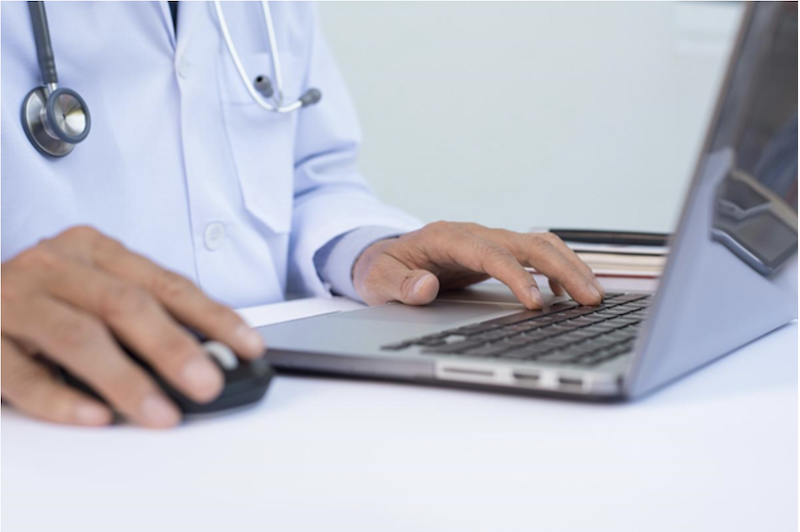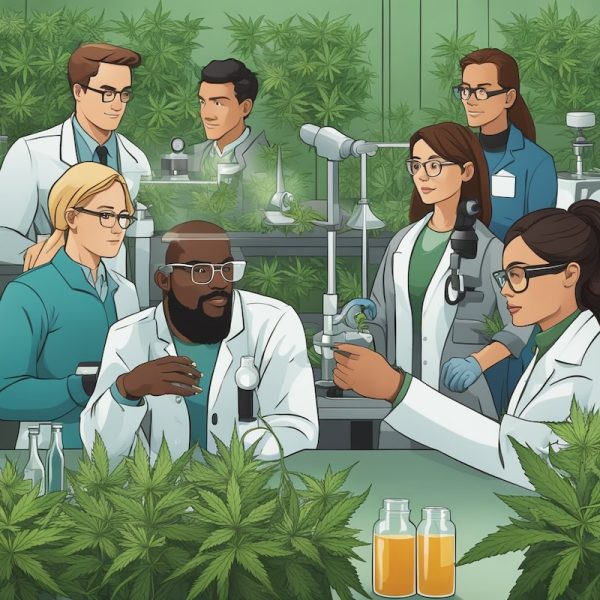Telemedicine: How It’s Changing the Medical Industry
Branded Content by Cosmic Press
Telemedicine is an industry that’s growing and changing healthcare for the better. Now, more than ever before, telemedicine is proving to be an effective way to deliver healthcare services.
That might seem surprising, given telemedicine is such a broad concept, but it covers many different types of services that can be used in combination or separately.
As we move into a digital age with faster internet speeds and smaller devices, we are seeing many benefits from remote monitoring, video conferencing, virtual receptionists, and more. Let’s take a look at how telemedicine is changing the medical industry—and what it means for you as a patient.
Remote Monitoring
One of the most important aspects of telemedicine is remote patient monitoring (RPM). RPM involves using technology to collect patient data from afar and then transmitting that information to a physician for interpretation.
The goal is to improve patient outcomes by detecting problems early and intervening before they become serious.
In the past, RPM was mostly used for patients with chronic conditions like diabetes or heart disease. But now, thanks to advances in technology, it’s being used to monitor all sorts of patients—from those with mental health conditions to pregnant women.
There are many different types of RPM devices, but they all have one thing in common: they allow patients to stay connected to their doctors even when they’re not in the same room.
Video Conferencing
Another important telemedicine service is video conferencing. This is a great way for doctors and patients to connect without having to be in the same place.
With video conferencing, doctors can consult with patients, give them diagnoses and even prescribe medication. And patients don’t have to take time off work or miss school to see their doctor. They can just connect from wherever they are.
At the forefront of telemedicine patient care is Nu Image Medical. Founded by Andreas Dettlaff in 2004, the company uses video conferencing as one method to connect patients with doctors around the country. And because patients can connect with doctors 24/7, they can get the care they need when they need it.
Virtual Receptionists
A medical receptionist is the first point of contact for patients. They are responsible for greeting patients, scheduling appointments, answering phone calls, and handling other administrative tasks.
Virtual receptionists can help to reduce the workload of medical receptionists by handling some of these tasks remotely. This can free up time for the receptionist to focus on more important tasks, such as greeting patients and scheduling appointments.
Medical Billing
Medical billing is a process where the provider submits and follows up on claims with insurance companies to receive payments for the services they rendered to the patient.
Virtual billing services can help to streamline this process by submitting claims electronically and following up with insurance companies on behalf of the healthcare provider. This can save the provider time and money and help to ensure that claims are processed in a timely manner.
What’s to Come for Telemedicine?
As the technology continues to develop, there are a number of different ways that telemedicine might be used in the future. Here are a few examples:
- Virtual reality could be used to provide treatments for patients with mental health conditions or pain management issues.
- 3D printing could be used to create models of organs or body parts, which could then be used by doctors to plan surgeries or other procedures.
- Augmented reality could be used to provide real-time guidance to doctors performing complicated procedures.
- AI-powered chatbots could be used to provide 24/7 medical advice and support to patients.
- Blockchain could be used to securely store and share patient medical data.
These are just a few examples of how telemedicine might be used in the future. As the technology continues to develop, there will likely be many more applications for it in the medical field.
Branded content furnished by our promotional partners. The Daily Sundial editorial staff is not involved in its production. Content does not reflect the views or opinions of the editorial staff.










